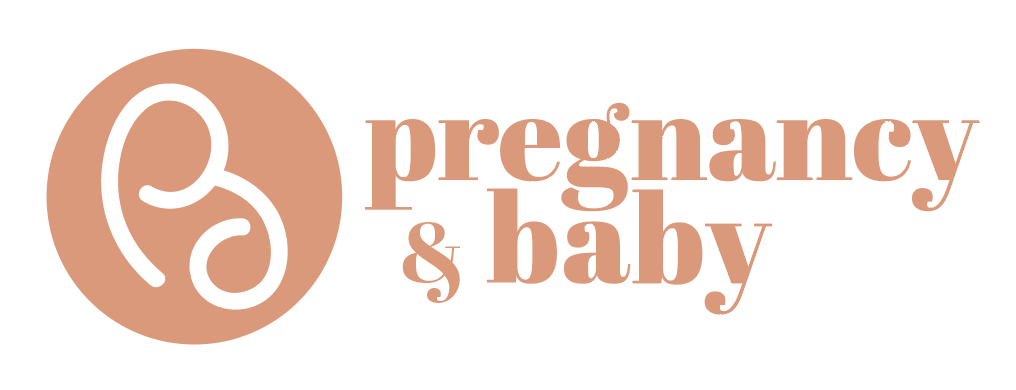
As a parent, your top priority would be to do everything possible to keep your little one safe and healthy. Most parents protect their child’s wellbeing with preventive protection like vaccinations and health checks, as well as safeguarding their child financially with health insurance. However, they often overlook this key protection that could safeguard their child’s health in the long run.
With the birth of your child, you have the unique opportunity to offer them a lifetime of protection with cord blood banking. By choosing to store your baby’s precious umbilical cord stem cells, your baby will be gifted with access to potential treatments in the fields of regenerative therapy.
What is Cord Blood Banking?
Cord blood banking is the process of collecting your baby’s cord blood and storing it in cryogenic tanks until a release is requested by the family. Cord blood is a rich source of lifesaving Haematopoietic Stem Cells (HSCs) which have the potential to differentiate into different types of cells as they are in their naïve and most primitive form. Therefore, these cells are faster in generating healthy cells and are also more tolerant to tissue mismatches which may happen in transplants involving a donor.
Why Should I Store My Baby’s Cord Blood?
With a single decision, you can now gift your child added health protection as cord blood can be used to treat over 80 diseases¹ such as leukaemia, lymphoma and thalassaemia, just to name a few. Cord blood stem cells have also been used successfully in clinical trials to treat conditions that currently have no known cure, such as Cerebral Palsy, Type 1 Diabetes and Alzheimer’s disease, thus bringing families a newfound sense of hope in improving their loved one’s quality of life.
Choosing to store your baby’s cord blood guarantees a readily available supply of lifesaving stem cells for the whole family should the need ever arise, providing much assurance during a time-critical situation.
An increasing number of parents are also choosing to store their baby’s cord lining due to its potential uses. Cord lining is a sheet-like membrane found in the outermost layer of the umbilical cord that contains a high concentration of 2 types of stem cells, namely Mesenchymal Stem Cells (MSCs) and Cord Lining Epithelial Stem Cells (CLEpSCs).
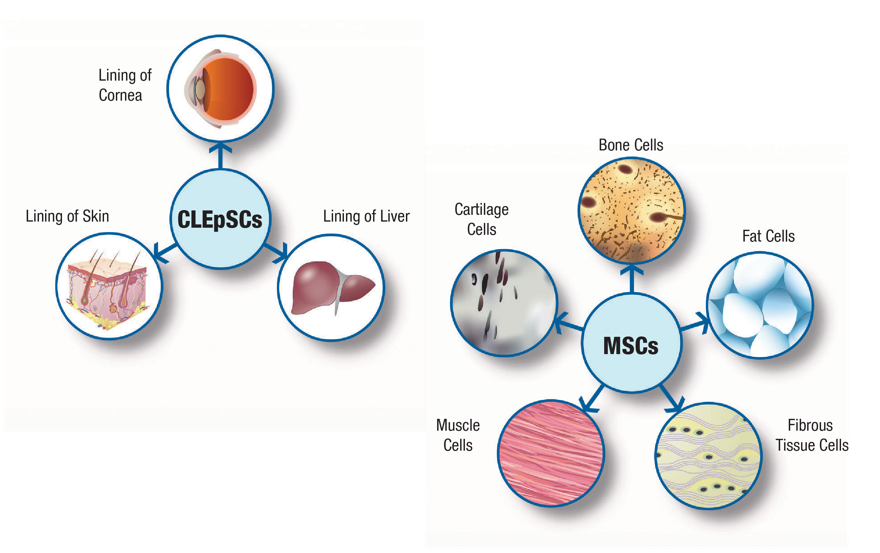
Cord lining stem cells are the ‘infrastructure-forming’ building blocks in the human body, that have shown great potential in aiding the repair of injured tissues and organs. They also have immune-modulating characteristics, therefore, matching of stem cells between the donor and the patient is not required, making them suitable for both your baby and other members of the family.
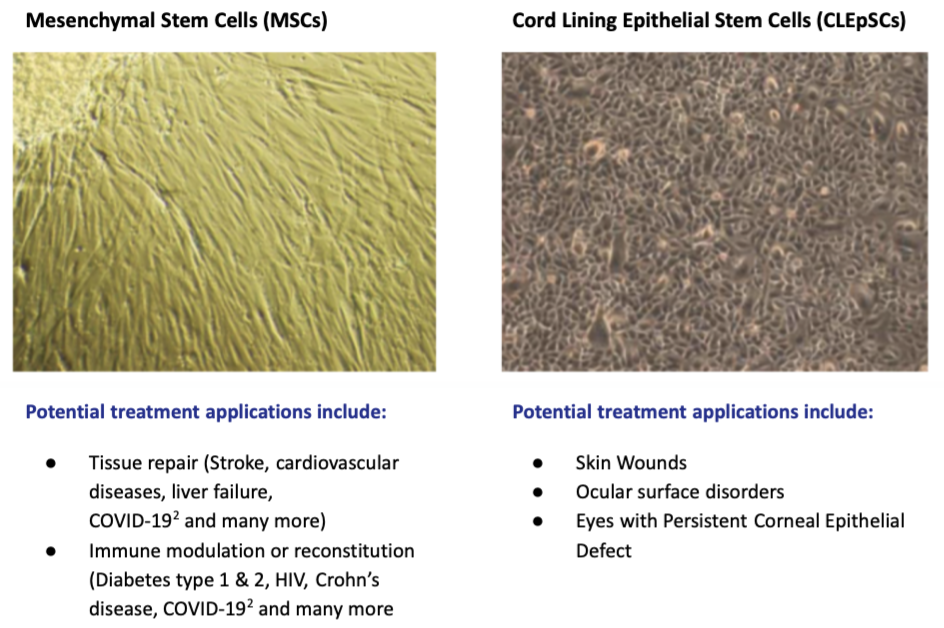
By choosing to store a combination of HSCs, MSCs and CLEpSCs, you are availing your children and family to be part of a medical revolution with access to the growing applications of stem cells and the therapeutic potential they hold.
What Are The Benefits Of Storing Your Baby's Cord Blood?
Guaranteed match for autologous transplants
Cord blood stem cells are a guaranteed match for autologous transplants (where the donor and recipient are the same individual). As cord blood stem cells are more primitive and naïve in nature, they do not require stringent matching and have a greater ability to convert themselves into other types of cells that the body requires.
Up to 75% chance of genetic match for siblings
Storing your baby’s cord blood can also benefit the whole family as siblings have up to a 75% chance of being a partial genetic match3. Using stem cells from cord blood also minimises the risk of Graft vs Host Disease (GvHD) for autologous transplants (where the donor and recipient are the same individual) as compared to unrelated donor transplants. GvHD is a condition where the transplanted tissue cells (the graft) sees the patient’s own tissue (the host) as foreign and attacks them.
Over 80% of cord blood usage for regenerative medicine
Regenerative medicine could be a game-changer. More than 80% of the cord blood transplants used by families have been for regenerative medicine applications like Autism, Cerebral Palsy, Alzheimer’s and many more4.
Clinical trials are one of the key driving forces to explore the effectiveness of umbilical cord blood as a source of treatment for conditions that currently have no known cure.
Safe, quick and painless process for both mother and baby
Collecting your baby’s cord blood is a risk and pain-free process for both mother and baby. After the birth of your baby, your OBGYN doctor will cut and clamp the umbilical cord, after which he/she will begin the cord blood collection.
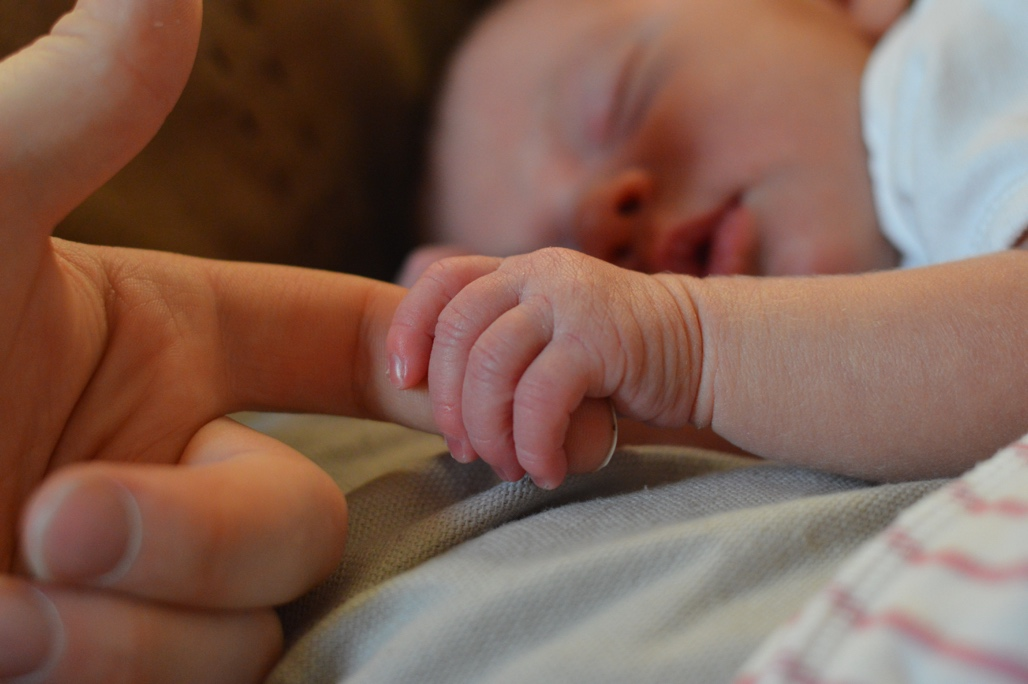
💡 DID YOU KNOW?
Autism was once thought to be untreatable.

A recent clinical trial held by Dr Joanne Kurtzberg of Duke University had ground-breaking results when umbilical cord blood was used as a form of treatment for Autism. The trial revealed significant improvements in social communication and expressive language in all 25 children5.
Cord blood has the ability to cross the blood-brain barrier and repair the immune systems of patients with Autism to improve language and behaviour6. In 2019, KK Women's and Children's Hospital also embarked on its first-ever clinical trial for the treatment of Autism in children using autologous umbilical cord blood reinfusion.
What To Consider When Choosing A Family Cord Blood Bank?
A family cord blood bank stores the cord blood unit for your family’s exclusive use, and it is usually released at no cost to the parents. Storing your baby’s cord blood guarantees a readily available medical resource for your child or family whenever the need arises in a time-critical situation. This will reduce the cost and time to conduct a national or international search for a matched donor.
There is only one chance to collect your baby’s cord blood: minutes after birth. It is important to go with the right partner and parents should consider these 6 factors when choosing a family cord blood bank.
Long-standing Establishment
Choose a family cord blood bank that has a long-standing establishment as it assures parents that their baby’s precious lifesaving stem cells are stored with a trusted and reliable partner who will be with them for the long haul.
A helpful tip will be to go with the largest family cord blood bank in Singapore, as they have over 20 years of experience under their belt. Parent’s Guide to Cord Blood Foundation, an independent resource and non-profit foundation, has also ranked the Top 10 Family Cord Blood Banks worldwide, and a quick search can tell you if any of these are in Singapore. Another safe bet would be to consider how long the family cord blood bank has been around.
💡 DID YOU KNOW?
Cordlife just celebrated their 20th birthday in the month of May!
International Accreditations
There are only eight family cord blood banks worldwide that are internationally dual certified by international bodies, such as, the American Association of Blood Banks (AABB) or Foundation for the Accreditation of Cellular Therapy (FACT). Consider family cord blood banks that have been accredited by AABB or FACT as these accreditations ensure that the family cord blood bank adheres to the highest quality standards when it comes to the handling, processing and storing of your baby’s cord blood through regular and rigorous audits.
Transplant Track Record
Another important consideration is the proven transplant track record of your chosen family cord blood bank. A quick tip is to check if the family cord blood bank has released numerous cord blood units for clinical trials such as the ongoing trial conducted by KKH in Singapore for the treatment of Autism. This is an indication that the family cord blood bank is experienced in successfully releasing cord blood stem cells for transplants. It also confirms that the cord blood stem cells stored under their care are in accordance with the highest standards and remains viable for transplantation.
Additional Service Offerings
Besides storing cord blood stem cells, check if your chosen family cord blood bank offers additional services as it would give you access to more medical options for your child and family members. One of the family cord blood banks in Singapore is also a patented technology provider in the processing and storage of cord lining stem cells, which contains 2 types of cells found in the umbilical cord lining – Mesenchymal Stem Cells (MSCs) and Cord Lining Epithelial Stem Cells (CLEpSCs). By storing a combination of stem cells, it increases your child and family’s medical options for possible therapeutic and regenerative applications in the future, especially for conditions that currently have no known cure.
Fully-owned Processing and Storage Facility
Proper protocols go into ensuring the viability of your child’s cord blood stem cells which is why it’s also important to choose a family cord blood bank that has full ownership over their processing and storage facilities. This means that they maintain direct control over critical services, quality, licencing and accreditations which assures parents of the well-being of their child’s cord blood that are stored under the bank’s care. This also provides the family cord blood bank with immediate access to resources in the event of an emergency.
Financial Stability
As stem cell transplants or therapies may take place now or later in life, choosing a family cord blood bank with a sound, transparent and sustainable financial status is vital as it ensures that the family cord blood bank will be one that you can trust to be with you for the long haul. Public-listed companies offer financial transparency for increased assurance. Some other factors to take note of also include the family cord blood bank’s processing technology, customer service and enrolment process, just to name a few.
Find out more about the lifesaving benefits of cord blood banking here!
Watch a short educational series about umbilical cord banking here!
Test your knowledge with our UCB 101 Crossword Puzzle below!
References:
1Diseases Treated with Stem Cells and their Potential Applications.
Cordlife website: https://www.cordlife.com/sg/treatable-diseases. Accessed June 14, 2021.
2Afarid M, Sanie-Jahromi F. Mesenchymal Stem Cells and COVID-19: Cure, Prevention, and Vaccination. Stem Cells International 2021. 2021;0705:1-12.
3Jawdat D, Saleh S, Sutton P, Anazi H, Shubaili A, Tamim H, et al. Chances of Finding an HLA-Matched Sibling: The Saudi Experience. ScienceDirect. 2009;15(10): 1342-1334.
4Diseases and Disorders that have been in Clinical Trials with Cord Blood or Cord Tissue Cells page. Parent’s Guide to Cord Blood Foundation website: https://parentsguidecordblood.org/en/diseases. Accessed June 14, 2021
5Murias M, Major S, Compton S, et al. Electrophysiological Biomarkers Predict Clinical Improvement in an Open‐Label Trial Assessing Efficacy of Autologous Umbilical Cord Blood for Treatment of Autism. Stem Cells Journals. 2017; 6(5):1332-1339.
6Dawson G, Sun JM, Baker J, et al. A Phase II Randomized Clinical Trial of the Safety and Efficacy of Intravenous Umbilical Cord Blood Infusion for Treatment of Children with Autism Spectrum Disorder. J Pediatr. 2020;222:164-173.
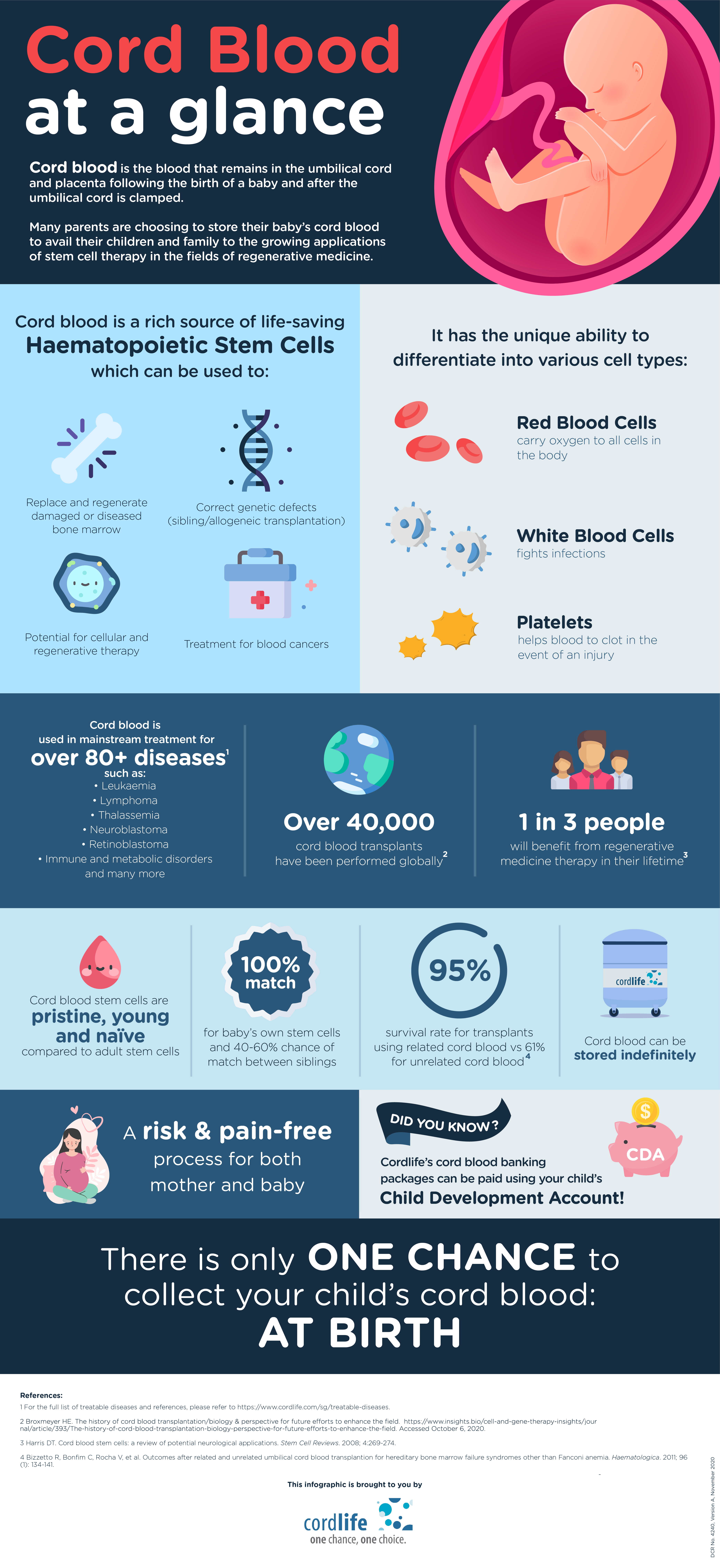
Wondering what family cord blood banking is about and why many parents are making the once-in-a-lifetime decision to store their baby’s precious umbilical cord blood before their baby’s arrival?
Learn what can your baby’s umbilical cord blood stem cells do for your family from the infographic below!

Want to go epi-less and have a drug-free natural birth? Read on, dear mummies-to-be, to find out how you can!
1. Have a plan, but be flexible!
A birth plan is extremely useful, as long as you know that it can’t be set in stone! Having your preferences for labour, birth, and postpartum care be known is important, so do your research and speak to your doctor about it.
You should have a opinion about how things will go, but also be aware of the other options available, just in case your preferred plan can’t be achieved.
2. RESEARCH!
There’s a ton of information that you can find out about drug-free births simply by reading books, asking your gynae, and watching YouTube videos.
Learn about the different pieces of information which will shape your birth: your OB/midwife’s delivery record, percentage of C-sections, etc; your hospital’s C-section rate and policies for labour and postpartum care; read about the risks associated with induction, the epidural, a water birth, forceps, etc.
This is an event that affects both you and baby, so it’s all in your hands to learn as much as you can about it as possible.
3. Keep Fit and Active
Stay as fit as possible during your pregnancy by doing squats and light weights consistently – you’ll not only get stronger, you’ll also feel better and more prepared (physically and mentally) to give birth.
4. Surround yourself with positive people
It may be difficult to keep away the negativity, especially with easy access to forums, groups, and comments online, but do your best to steer clear from them. Don’t let other people bring you down during your pregnancy, and definitely try to pick up a book on childbirth by Ina May Gaskin.
Surround yourself with girlfriends who’ve gone through childbirth, speak to your mum about it, and keep reminding yourself that labour is possible and doable without drugs. If you need to talk to negative people who’ll throw doubt on your desire for a drug-free labour, do your best to avoid the topic of giving birth while you’re around them.
5. Attend a Birth Class
If this is your first time giving birth, you should take a class with your partner, as you’ll learn all sorts of things which will help you during birth! The classes will cover topics such as the stages of labour, dilation, thinning of the cervix, various positions for labour, and ways to combat the pain.
The whole point of this is to train yourself mentally, to prepare for the birth process – there will be quite a lot of pain and other sensations, so keep practicing those techniques from the birth classes. Giving birth is definitely a mental game.
6. Find an experienced doula
Doulas are superwomen who provide continuous emotional and physical support for women about to give birth – they’re wells of information and reassurances, know how to comfort you using massages and breathing techniques, will accommodate to your wishes during birth as much as possible (keeping the lights low, playing soothing music), and will help you ask the right questions when you’re talking with your doctor if you wish for them to be present.
Pregnancy To Parenthood Seminar Series
If you wish to know more about your journey through pregnancy, as well as detailed explanations of what to expect during labour and delivery, this seminar is for you!
Date: Saturday, 7 July, 2018
Registration: 1:30 pm
Time: 2:00 pm - 6:00pm
Venue: Singapore Expo Max Atria
Room: Peridot 201-203
Find out more about this helpful seminar for mums- and dads-to-be right here! https://www.mummysmarket.com.sg/deal/pregnancy-parenthood-seminar-series-know-it-all-pregnancy-delivery-breastfeeding
Pregnancy and Baby Singapore provides you with the latest news and practical tips to help you in your parenting journey. For more tips on your pregnancy and baby in Singapore, subscribe to our mailing list and like us on Facebook, to receive new articles for mummies like you every week!
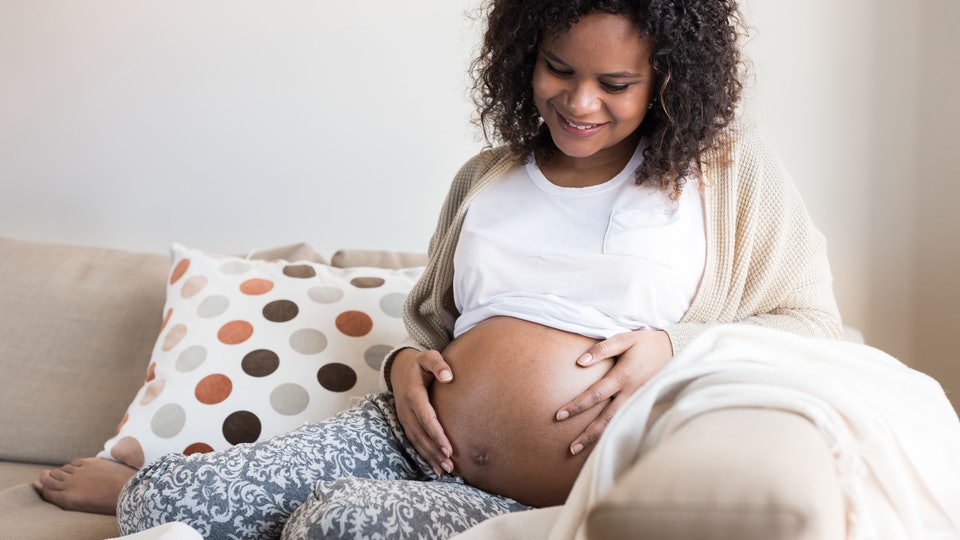
You’re coming to the end of your pregnancy, and you’ve had it with the heartburn and heavy breathing. You’ve been crossing off the days on your calendar and are counting down until you meet your new baby.
But how do you know when your body is getting ready for the main event? If you’ve had all the horrible pregnancy symptoms you can take, you’re probably eager to know the signs that your baby has dropped.
What does it mean when baby ‘drops’?
As the third trimester of pregnancy comes to a close, the baby will “drop” lower into the pelvis. This process is commonly called “lightening”. Some of the signs that lightening has occurred include less frequent heartburn, easier breathing and increased urge to pee.
Most first-time moms will find that their baby drops somewhere around the last 2 weeks of their pregnancy. If this is your second or subsequent pregnancy, your baby will drop when labour is ready to begin, since the pelvis has already been stretched with the first delivery.
If you’re counting down the days until your little one arrives, look for some of these signs that your baby has dropped, and that labour will be starting soon.
1. You’ll keep peeing
When your baby drops, your uterus will practically be laying on your bladder. As a result, you’ll make more frequent trips to the bathroom.
2. You’ll experience lesser heartburns
As your pregnancy progresses, your growing uterus pushes your stomach upwards, leaving you with uncomfortable heartburn. As your baby drops, you will have less pressure in your upper body, making you slightly more comfortable.
3. You’ll have an easier time breathing
If you were carrying high through your pregnancy, you’ll breathe a big sigh of relief once baby has dropped. Once the baby has lowered into the pelvis, it moves further away from the rib cage and you’ll be able to breathe a whole lot easier.
4. You’ll have a different walk
When baby drops, her head will be putting a lot of pressure on your pelvis. This may change your walk from a confident stride, to the legendary pregnancy penguin waddle.
5. Your bump will look different
In addition to the physical symptoms of lightening, you will see a visual difference too. Your belly will look different as you will go from carrying him high to carrying very low.
6. You’ll experience false contractions
When baby has dropped, your body begins to prepare itself for the labour process. One of the ways it does this is by thinning your cervix with pre-labour contractions.
It is common to experience pre-labour or Braxton Hicks contractions during the lightening process.
7. You’ll be able to eat more
During the last trimester, you will start have lesser appetite as baby grows and starts to take up a lot of space in there. When baby drops down into your pelvis, you will have more room in your stomach. And when you have less baby in your belly, you’ll have a lot more room for food!
Pregnancy To Parenthood Seminar Series
If you wish to know more about your journey through pregnancy, as well as detailed explanations of what to expect during labour and delivery, this seminar is for you!
Date: Saturday, 7 July, 2018
Registration: 1:30 pm
Time: 2:00 pm - 6:00pm
Venue: Singapore Expo Max Atria
Room: Peridot 201-203
Find out more about this helpful seminar for mums- and dads-to-be right here! https://www.mummysmarket.com.sg/deal/pregnancy-parenthood-seminar-series-know-it-all-pregnancy-delivery-breastfeeding
Pregnancy and Baby Singapore provides you with the latest news and practical tips to help you in your parenting journey. For more tips on your pregnancy and baby in Singapore, subscribe to our mailing list and like us on Facebook, to receive new articles for mummies like you every week!

The thought of tearing the vaginal walls at child birth is one that scares many expectant mothers. Many women experience second degree perineal tears and these occur between the anus and vaginal opening affecting the surrounding muscles and skin. While this sounds like a very painful experience, many women hardly recognize the stitching that goes on after the tear mostly because it is swallowed up by all the labour pains. However, the real pain occurs after the stitching has occurred as the torn area heals. We give you some effective tips that will help you recover quickly from this uncomfortable experience!
Who are more prone to perineal tears?
Factors that increase the likelihood of tearing are:
What types of tears are there?
Tears or lacerations of the perineum are classified into four types.
The most common are first and second degree tears. A first degree laceration occurs when the skin has torn but is considered small and doesn’t require any or only a few stitches. A second degree tear involves skin and muscle underneath and usually needs a few stitches.
Third degree lacerations are a tear in the vaginal skin, perineal skin and the muscle that extend to the anal sphincter (muscle around your anus).
A fourth degree tear is the same as a third degree one except it extends into the anal sphincter and the tissue around it. Both can impact on the pelvic floor function and anal muscles. It’s hard to predict which women will have a tear but there are things you can do to minimise your risk of a tear, or the extent of a tear if it does happen.
Continue reading on the next page...
Can you prevent perineal tears?
Perineal Massage
A perineal massage can help as it stretches your perineum skin reducing your chances of tearing. It is more effective if you start perineal massage during your pregnancy, so start as early as you can!
Pelvic floor exercises
Common advice to pregnant women is to do pelvic floor exercises (known as Kegels) to strengthen the muscles in the pelvic floor. The idea is that after birth, the pelvic floor muscles will snap back into shape and you are less likely to experience incontinence (weeing yourself).
During the second stage of labour, you want your pelvis and vagina to open and the muscles to relax, maximising the space for baby to descend. It seems counter productive to spend all this time tightening the muscles in that area when we actually want the opposite to happen at the crucial time.
So what is the right thing to do? Lengthening and improving the coordination of pelvic floor muscles with the other muscles in the body can be achieved by using squats and pelvic floor exercises together. Learning to relax the pelvic muscles is also important and performing pelvic floor exercise correctly can help you to identify those muscles and then relax them.
Birth position plays a part
The position you are in when pushing has a big influence on whether you are more likely to tear.
Lying down, lithotomy position (lying down with legs held up) or semi-reclining positions puts pressure onto your tailbone and perineum, reduce the size of the pelvic floor and increase the likelihood you will tear.
The best position for birthing your baby is the one you choose instinctively for yourself and you feel most comfortable in. Women who are free to move about during labour will find the position that helps them cope with contractions at each particular stage. Some women like to float free of gravity in water, others like to have their feet firmly planted on the ground.
The least stressful positions for the perineum include:
While squatting and kneeling are useful upright positions, if the woman’s knees are very wide apart the perineum is being stretched sideways and may increase the likelihood of tearing.
Take it slow
Taking it slow during labour gives your perineum time to stretch out and accommodate your baby, thus reducing your likelihood of tearing. Resist the urge to push until your body and the baby are ready.
Accept that tears is very common
Sometimes, perineal tears are inevitable. There is no sure way of avoiding tears especially in cases where the baby is in a difficult position, large or when your tissue is fragile.
Pregnancy and Baby Singapore provides you with the latest news and practical tips to help you in your parenting journey. For more tips on your pregnancy and baby in Singapore, subscribe to our mailing list and like us on Facebook, to receive new articles for mummies like you every week!
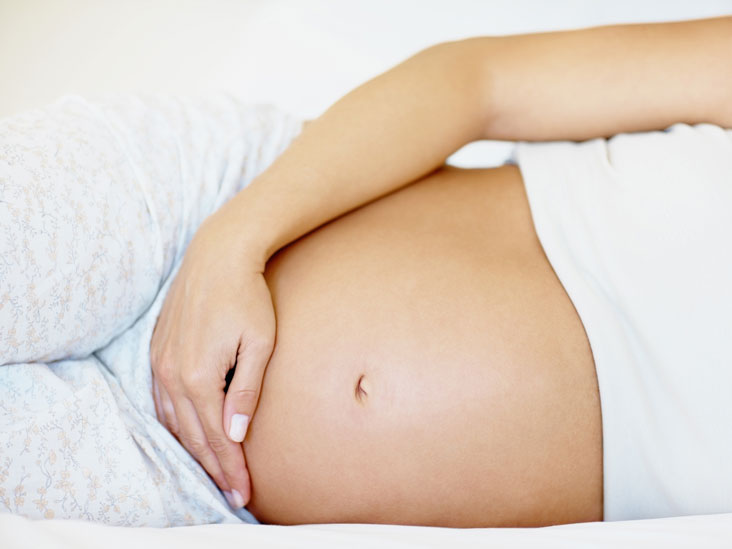
When you are getting closer to your due date, you will notice your cervix dilating and softening to prepare for giving birth and this happens even before labor pains begin. The faster you dilate, the faster your labour process will be! You may be stressing when you are only, let's say, 1 cm dilated. You’ll be relief to know that there are some things you can do to speed up your dilation naturally!
1. Walk
When you are in labor you should try to walk as much as you can. The combination of body movement and gravity will help your baby descend down into your birth canal. In addition, the pressure that the baby’s head exerts on the cervix may help with dilation and even effacement (thinning) of your cervix. It can also help encourage contractions which in turn further help with dilation. You should ask someone to walk next to you and provide support and keep walking for as long as it is tolerable.
2. Use birth balls
Sit on a birth ball with your legs spread apart. Use a bed or chair to rest your upper body and then squat on the ball as this will relax your pelvic muscles and widen your pelvis. You can also gently rock and use gravity to bring your baby’s head down to your cervix to encourage dilation.
Most hospitals provide a birthing ball, but check with them in advance to make sure and check if there are additional charges. Alternatively, you can consider bringing your own!
3. Gentle exercises
Another great idea is to go up then down stairs but be sure to do so in long and slow strides. This will help stretch and dilate your cervix. Walking wider and slower than normal increases the stretch of the cervix, encouraging dilation.
4. Take a warm shower
Try either standing or sitting in a warm shower to help yourself relax. By relaxing, you prevent tense muscles which would make the physical work harder. Using a warm shower can ease tension while helping with cervical dilation and contractions. You can also lie in warm water, but make sure someone helps you get in and out.
If you are looking for other ways to relax, try listening to some soothing music. You can also ask someone to give you a gentle massage. No matter the way you relax, it will produce the same beneficial effects in terms of cervical dilation.
5. Medication (only when necessary)
You should always go with the natural method first, allowing your cervix to naturally dilate. Every mechanical or medical intervention will have a small risk and may even increase the risk of a caesarean section. Because of this, most doctors will only encourage you to speed up the dilation process or induce labour when they feel it is necessary. Leave it to your doctor to make this call!
Pregnancy and Baby Singapore provides you with the latest news and practical tips to help you in your parenting journey. For more tips on your pregnancy and baby in Singapore, subscribe to our mailing list and like us on Facebook, to receive new articles for mummies like you every week!

Hospital bags – this is your ‘go-bag’ filled with essential items when you’re finally ready to give birth to baby. It makes things a lot easier, especially if you’re not at home when the day arrives! It’ll be a lot less of a headache and hassle when you ask your partner to grab your stuff.
Can you imagine talking to him over the phone and telling him where to find the specific clothing items or slippers or explaining to him the difference between a nursing bra and a regular bra? Compare that to just asking him to grab a bag that you’ve already packed beforehand! Hassle-free.
Try to get your hospital bag packed when you’re around 32 to 36 weeks pregnant, to ensure that you’re as ready to go as possible. Treat packing this bag like how you’d be packing for a holiday, and try to place different items in separate Ziploc bags or folders for easier identification and access.
So what do you need to pack in your bag? Here’s a handy list for you!
Hospital Bag: Mum Stuff
Hospital Bag: Dad Stuff
Hospital Bag: Baby Stuff
Pregnancy and Baby Singapore provides you with the latest news and practical tips to help you in your parenting journey. For more tips on your pregnancy and baby in Singapore, subscribe to our mailing list and like us on Facebook, to receive new articles for mummies like you every week!
Copyrighted Pregnancy & Baby by Mummys Market 2019
